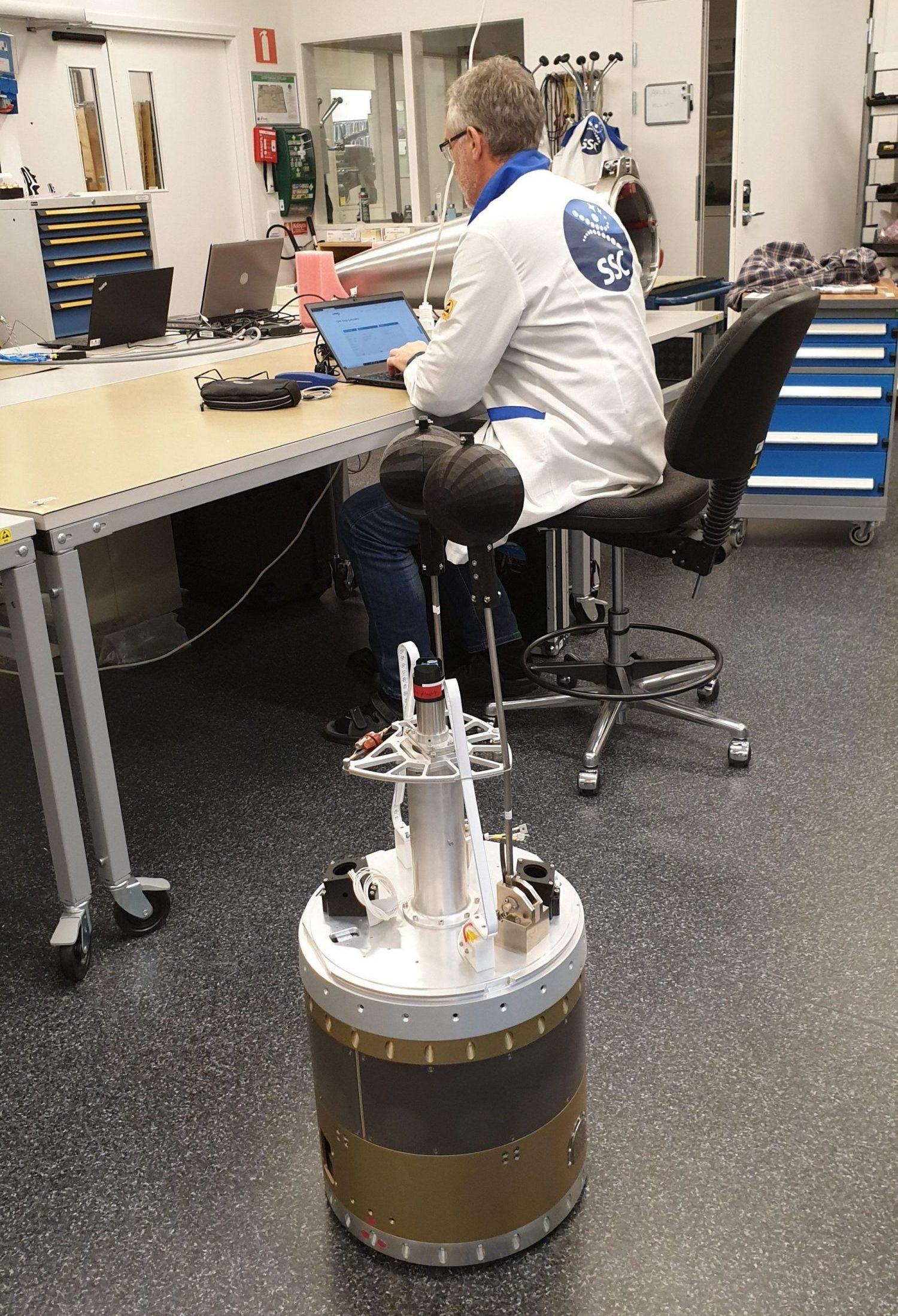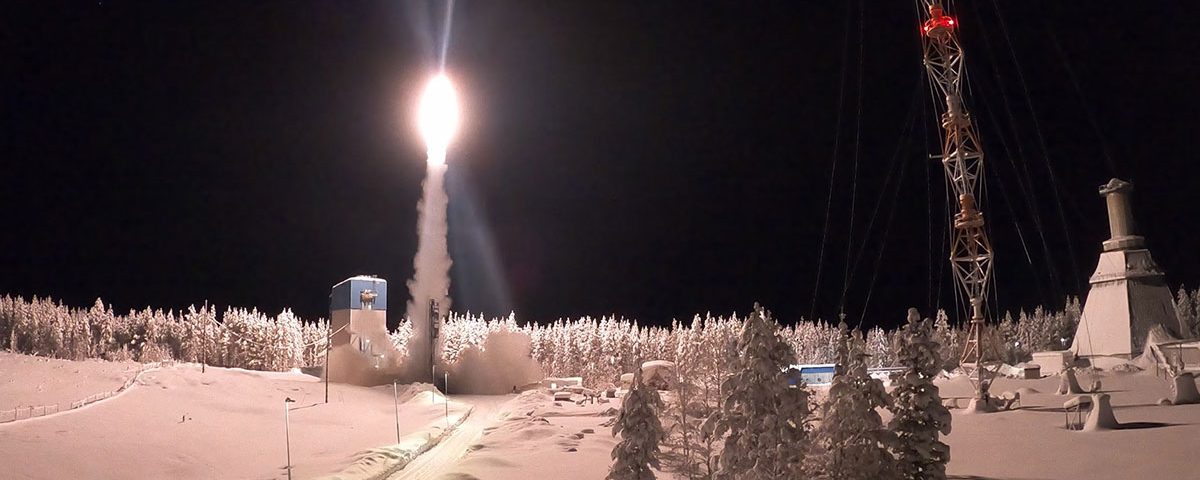SPIDER-2 is a Small Payload for Investigation of Disturbances in Electrojet by Rockets. The mission was carried out in February 2020. The project is funded by Rymdstyrelsen (Swedish National Space Agency) within the Swedish national balloon and rocket program and is a scientific collaboration between Swedish and German institutes.
The mission objective was to launch a set of 8 SPIDER Free Falling Units (FFUs) and 4 MUSCAT free falling spheres into the upper atmosphere 65-130 km altitude to study disturbances in Electrojets with background measurements by main payload instrumentation (PLASMA) under an ejectable nose cone. All free-flying instruments are self-sufficient and are recovered by helicopter, for data extraction, after landing with their own parachute system.
The scientific collaboration between Swedish and German institutes and scientists provides the foundation for the best resources and expertise in this field as well as the provision of multiple types of instrumentation for the experiment as well as providing the appropriate services and geographical location necessary for launching the sounding rocket successfully into an active auroral arch and providing and retrieving data for the science group.
SSC is contracted for the mission and will in collaboration with German DLR MORABA provide:
- Project management
- Service systems
- System integration and testing
- Launch service
- Operations
The science team is from:
The Plasma Physics Department of the KTH Royal Institute of Technology, KTH
Leibniz-Institute of Atmospheric Physics e.V. at the Rostock University, IAP
Department of Meteorology of Stockholm University, MISU
Swedish Institute of Space Physics, IRF
Photo taken from SPIDER-2 launch on 20 February


